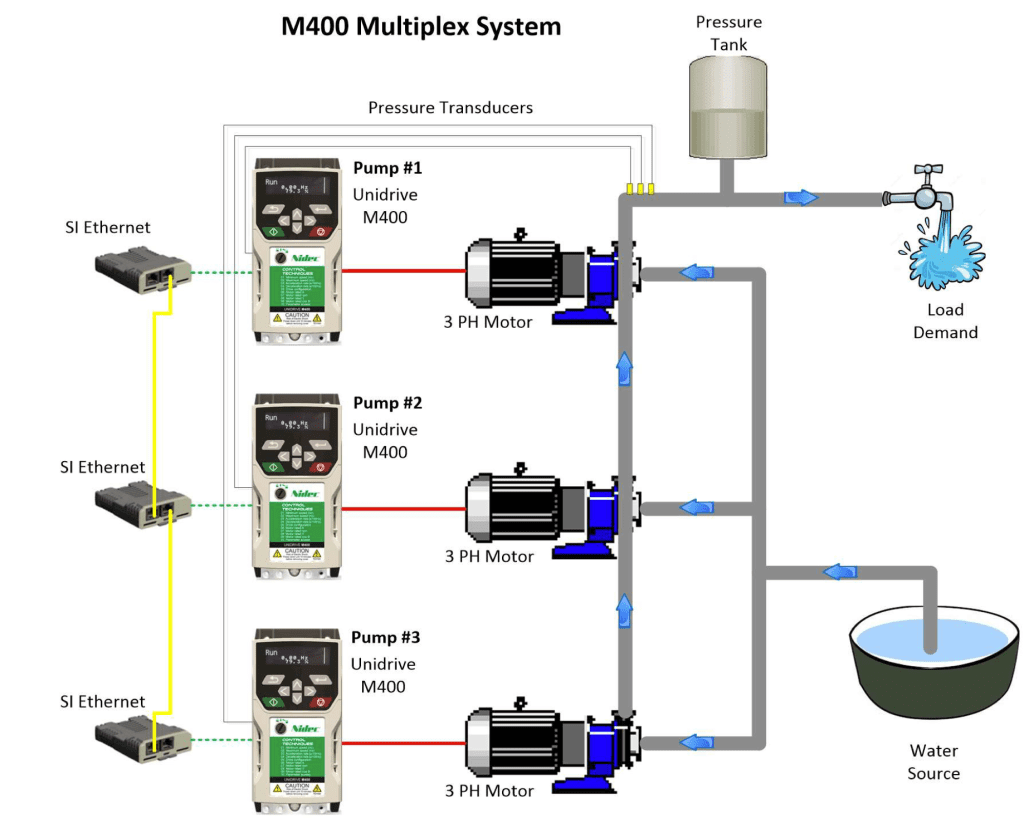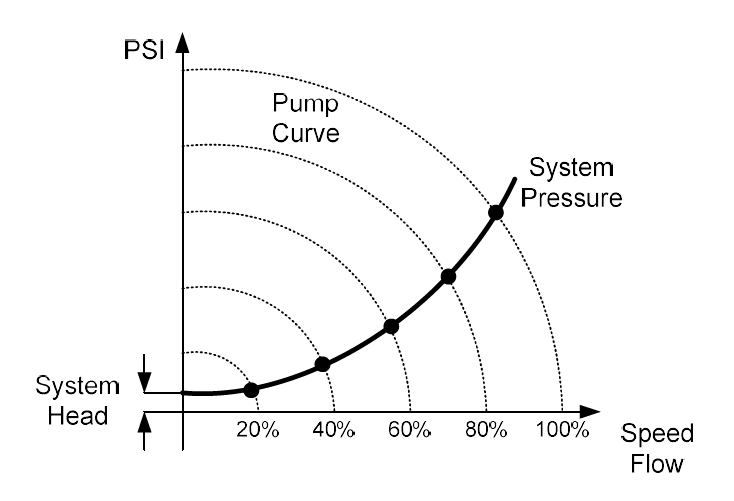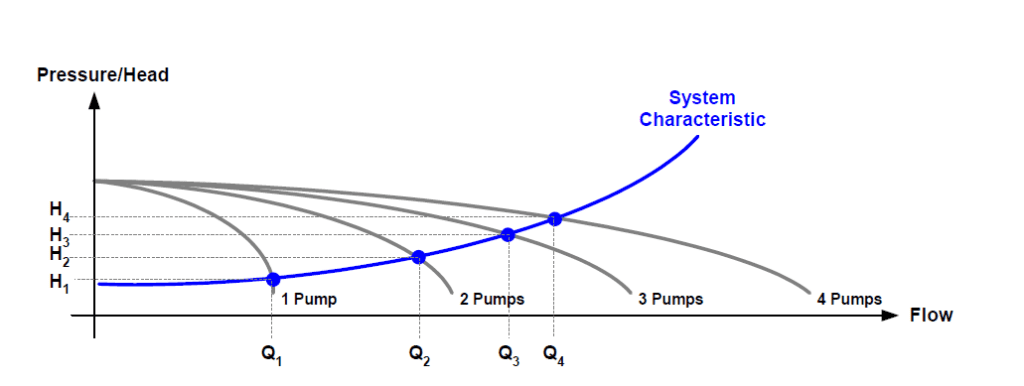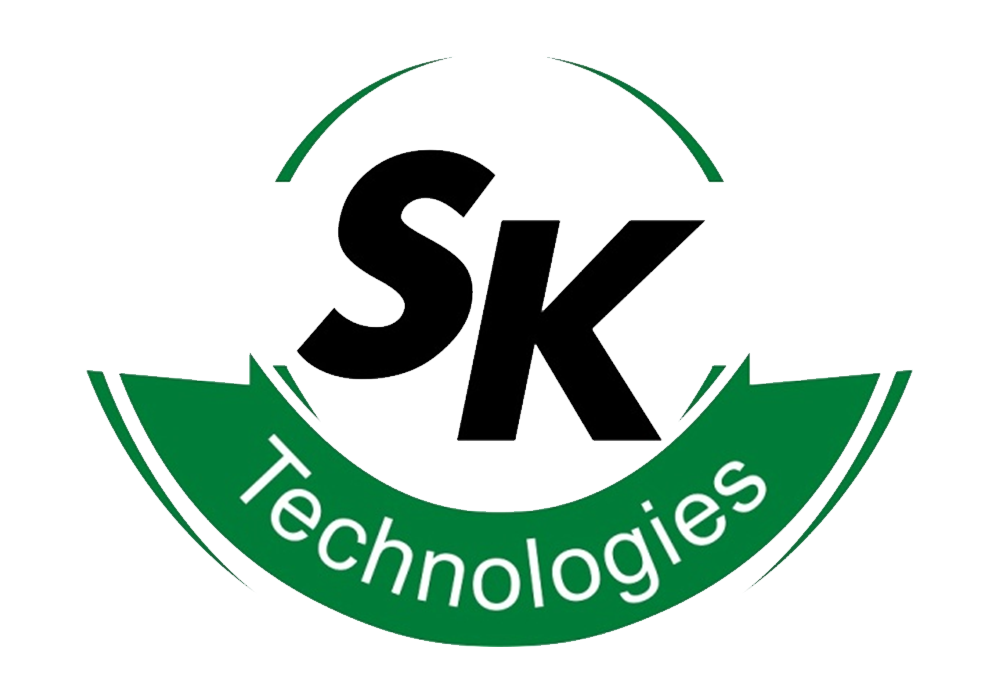Constant Pressure Pumping Systems for
Turf and Agricultural Markets
Water is life and the supplying there of from a reliable control system even more so. It is therefore that at SK Technologies we have developed a system for pumping applications to cater for all scenarios. Our software is so flexible that it can even be used in other applications such as HVAC.
The purpose of multiplex pump control is to effectively control multiple pumps in parallel in
order to maintain a required pressure with varying load demands. Pumps are often used in
parallel banks to:
– Avoid motor overload
– Guaranteed security of supply (system redundancy)
– Reduce running cost due to system load fluctuations
– Provide a wide range of control and flexibility


The system consists of multiple variable speed pump drives of similar size. The pumps are controlled to regulate the pressure of the system to an optimum pressure set point. Each pump drive will be run based on the demand where the higher the demand rises, the more drive pumps that will be required to run. The first pump drive to run is known as the lead pump and the pumps that are run after are called lag pumps, with system response controlled by the lead pump.
This software can run multiple pump systems, in addition to running individual pumps in Simplex mode when necessary. Each drive has the option of a local pressure transducer that can be shared across the network of drives.
Simplex Operation
The Multiplex software can be used to control one pump if required
When controlling a pump with PID control it is important to remember basic fan and pump laws to understand the operation:
Flow α Speed
Pressure α Speed2
Power α Speed3
From these laws we can see that pressure will increase with speed squared, therefore with PID control, if the actual pressure is less than the required set point the speed will increase and therefore decrease if the actual pressure is greater than the set point. The response of the PID loop is determined by the PID Proportional, Integral, and Derivative gains. The pump, motor and drive are sized for the demand pressure & flow requirements and pump working speed range (typically 60-100% speed, or approximately 40 – 60 Hz with a 60 Hz motor).


Multiplex (Parallel) Operation of Pumps Contrary to commonly held beliefs; the flow does not double with the addition of a second similar pump in parallel. In fact, each successive pump adds a smaller amount to the total system pressure and flow, although the total flow is split equally between each pump. Typical System Curves for parallel pump/fan operation



